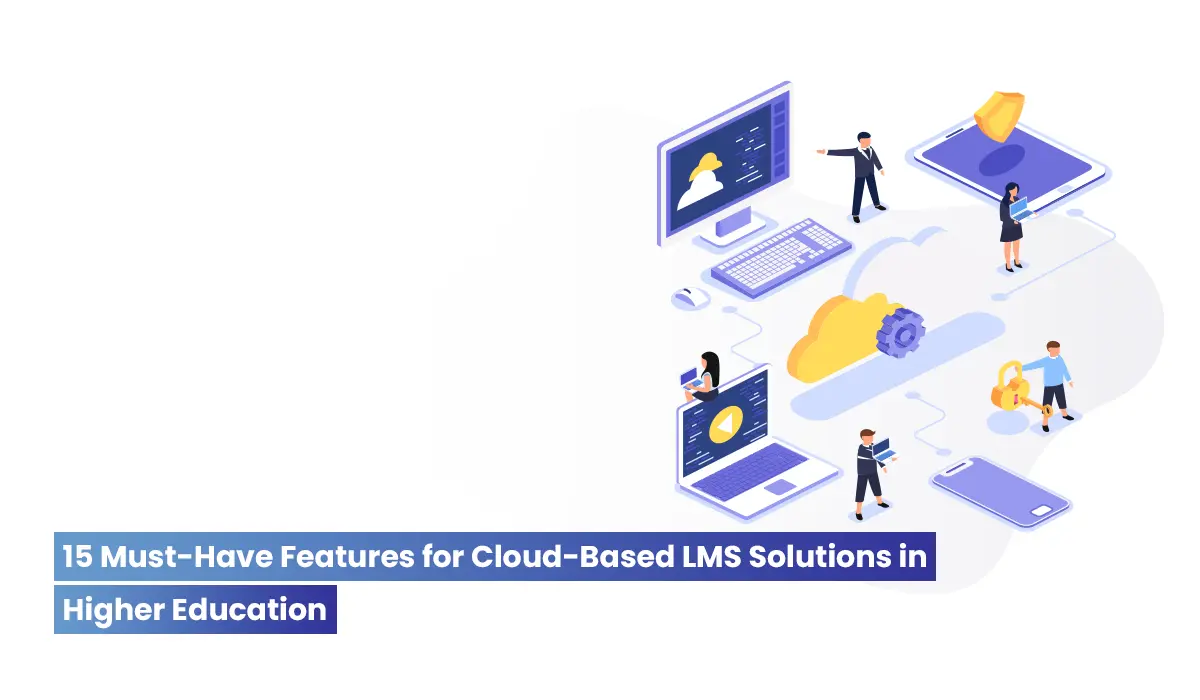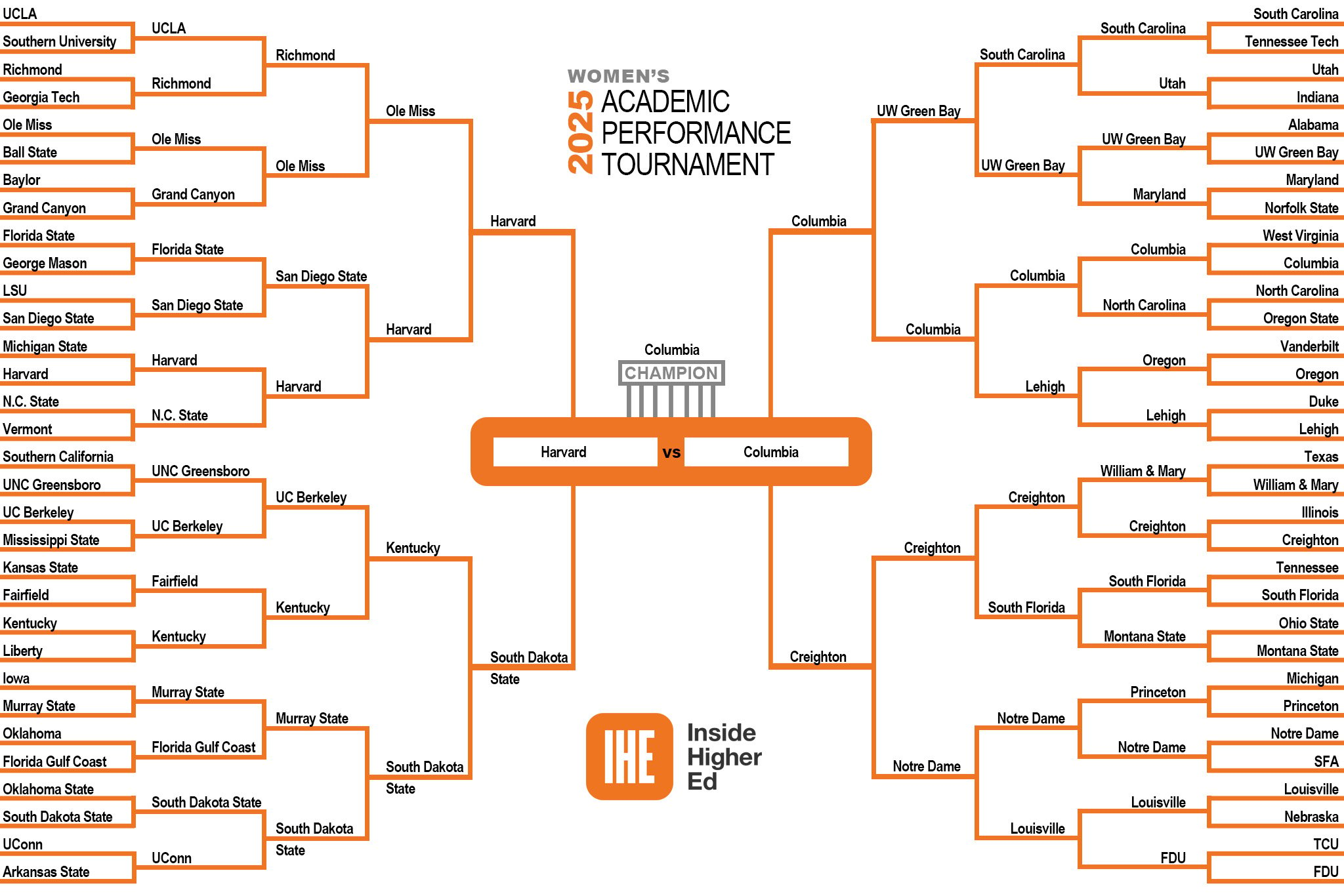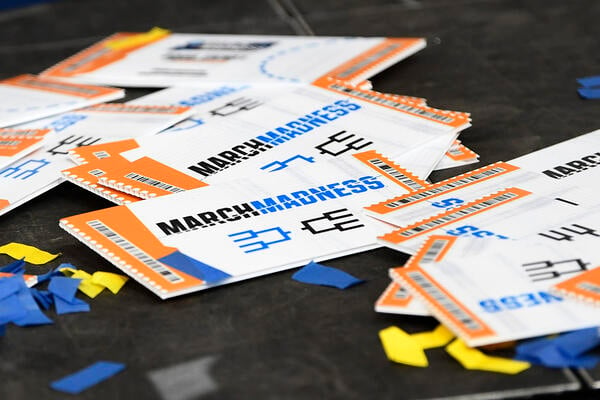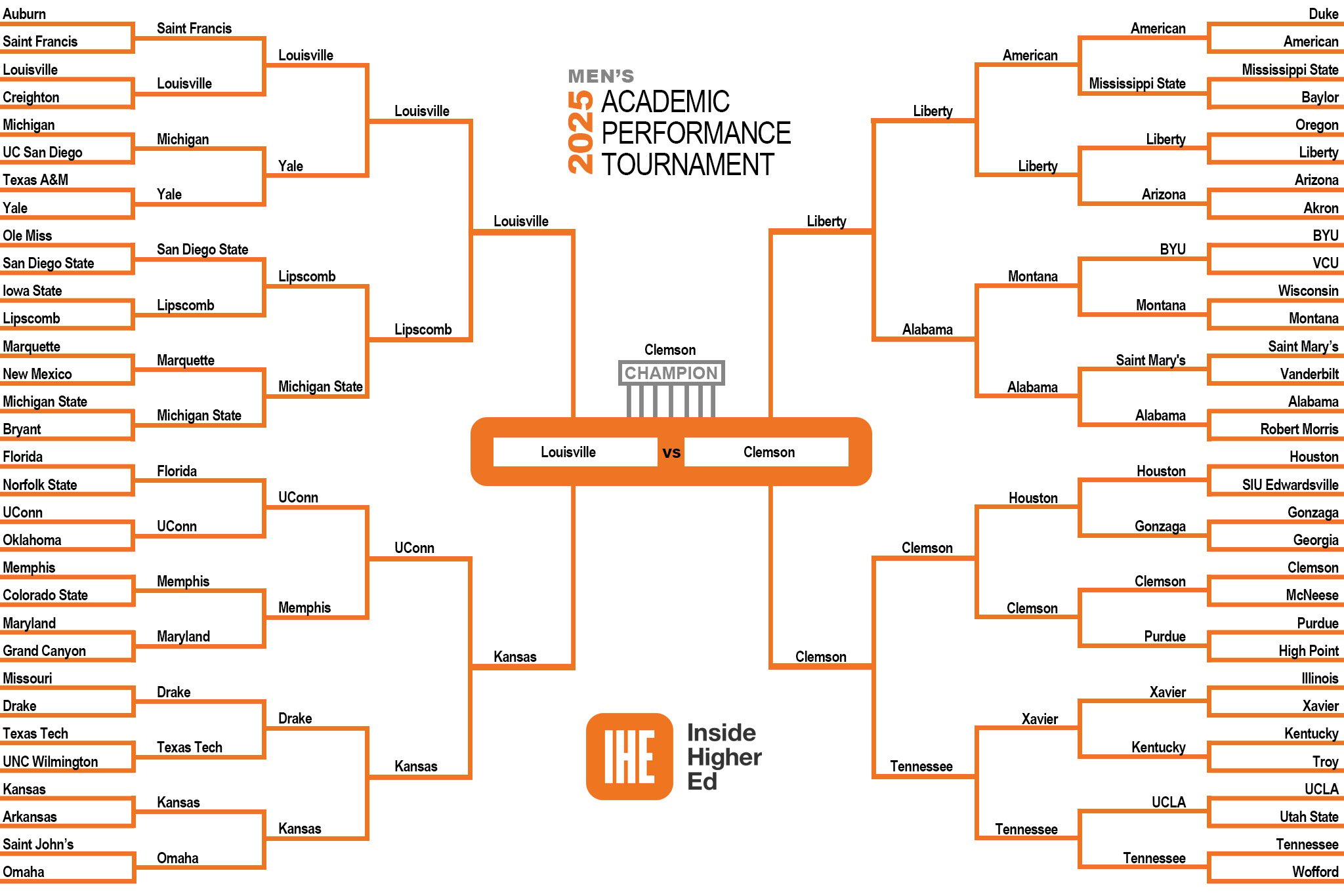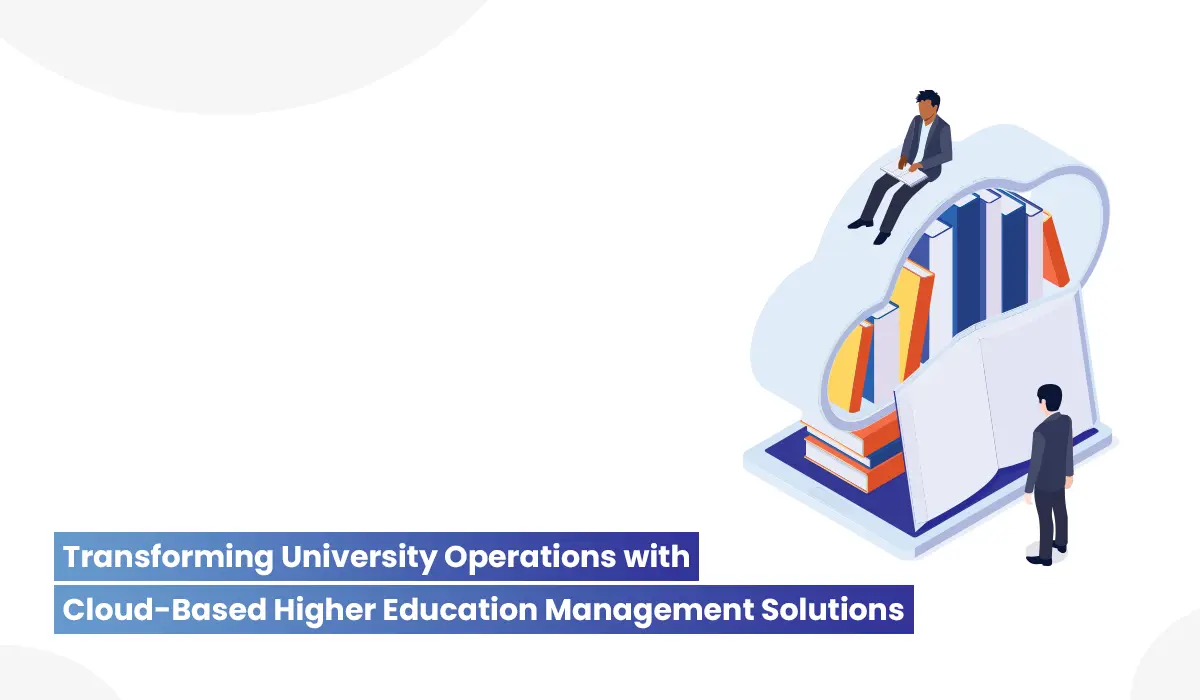How students use AI tools to improve their chances of landing a job has been central to the debate around AI and career advice and guidance. But there has been little discussion about AI’s impact on students’ decision making about which jobs and sectors they might enter.
Jisc has recently published two studies that shine light on this area. Prospects at Jisc’s Early Careers Survey is an annual report that charts the career aspirations and experiences of more than 4,000 students and graduates over the previous 12 months. For the first time, the survey’s dominant theme was the normalisation of the use of AI tools and the influence that discourse around AI is having on career decision making. And the impact of AI on employability was also a major concern of Jisc’s Student Perceptions of AI Report 2025, based on in-depth discussions with over 170 students across FE and HE.
Nerves jangling
The rapid advancements in AI raise concerns about its long-term impact, the jobs it might affect, and the skills needed to compete in a jobs market shaped by AI. These uncertainties can leave students and graduates feeling anxious and unsure about their future career prospects.
Important career decisions are already being made based on perceptions of how AI may change work. The Early Careers Survey found that one in ten students had already changed their career path because of AI.
Plans were mainly altered because students feared that their chosen career was at risk of automation, anticipating fewer roles in certain areas and some jobs becoming phased out entirely. Areas such as coding, graphic design, legal, data science, film and art were frequently mentioned, with creative jobs seen as more likely to become obsolete.
However, it is important not to carried away on a wave of pessimism. Respondents were also pivoting to future-proof their careers. Many students see huge potential in AI, opting for careers that make use of the new technology or those that AI has helped create.
But whether students see AI as an opportunity or a threat, the role of university careers and employability teams is the same in both cases. How do we support students in making informed decisions that are right for them?
From static to electricity
In today’s AI-driven landscape, careers services must evolve to meet a new kind of uncertainty. Unlike previous transitions, students now face automation anxiety, career paralysis, and fears of job displacement. This demands a shift away from static, one-size-fits-all advice toward more personalised, future-focused guidance.
What’s different is the speed and complexity of change. Students are not only reacting to perceived risks but also actively exploring AI-enhanced roles. Careers practitioners should respond by embedding AI literacy, encouraging critical evaluation of AI-generated advice, and collaborating with employers to help students understand the evolving world of work.
Equity must remain central. Not all students have equal access to digital tools or confidence in using them. Guidance must be inclusive, accessible, and responsive to diverse needs and aspirations.
Calls to action should involve supporting students in developing adaptability, digital fluency, and human-centred skills like creativity and communication. Promote exploration over avoidance, and values-based decision-making over fear, helping students align career choices with what matters most to them.
Ultimately, careers professionals are not here to predict the future, but to empower all students and early career professionals to shape it with confidence, curiosity, and resilience.
On the balance beam
This isn’t the first time that university employability teams have had to support students through change, anxiety, uncertainty or even decision paralysis when it comes to career planning, but the driver is certainly new. Through this uncertainty and transition, students and graduates need guidance from everyone who supports them, in education and the workplace.
Collaborating with industry leaders and employers is key to ensuring students understand the AI-enhanced labour market, the way work is changing and that relevant skills are developed. Embedding AI literacy in the curriculum helps students develop familiarity and understand the opportunities as well as limitations. Jisc has launched an AI Literacy Curriculum for Teaching and Learning Staff to support this process.
And promoting a balanced approach to career research and planning is important. The Early Careers Survey found almost a fifth of respondents are using generative AI tools like ChatGPT and Microsoft Copilot as a source of careers advice, and the majority (84 per cent) found them helpful.
While careers and employability staff welcome the greater reach and impact AI enables, particularly in challenging times for the HE sector, colleagues at an AGCAS event were clear to emphasise the continued necessity for human connection, describing AI as “augmenting our service, not replacing it.”
We need to ensure that students understand how to use AI tools effectively, spot when the information provided is outdated or incorrect, and combine them with other resources to ensure they get a balanced and fully rounded picture.
Face-to-face interaction – with educators, employers and careers professionals – provides context and personalised feedback and discussion. A focus on developing essential human skills such as creativity, critical thinking and communication remains central to learning. After all, AI doesn’t just stand for artificial intelligence. It also means authentic interaction, the foundation upon which the employability experience is built.
Guiding students through AI-driven change requires balanced, informed career planning. Careers services should embed AI literacy, collaborate with employers, and increase face-to-face support that builds human skills like creativity and communication. Less emphasis should be placed on one-size-fits-all advice and static labour market forecasting. Instead, the focus should be on active, student-centred approaches. Authentic interaction remains key to helping students navigate uncertainty with confidence and clarity.



